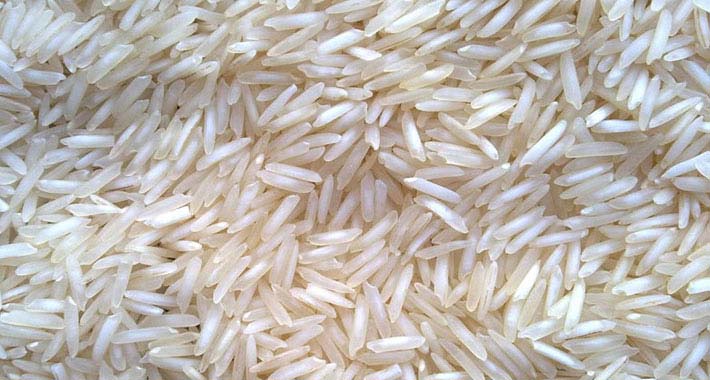Basmati’s early variety commands higher prices in Amritsar mandi, faces uncertainty in other markets
By Anju Agnihotri Chaba
The Amritsar grain markets are witnessing the arrival of the early variety of Basmati rice, PUSA 1509, which typically experiences an influx of around 60 lakh bags weighing approximately 35 KG each during the season. Farmers have welcomed a significantly higher price than the preceding year as the harvesting season begins.
However, a contrasting scenario unfolds in neighbouring Haryana mandis where the crop commands notably lower prices.
The recent imposition of a minimum export price (MEP) for Basmati rice, set at $1200 per metric tonne, has led to a downturn in rates for Basmati PUSA 1509 across Haryana’s mandis. This turn of events affects farmers adversely as the upcoming month will see a substantial influx of fresh crop arrivals.
As of Wednesday, the top rate for Basmati 1509 in the Amritsar mandi reached Rs 3,823 per quintal. This represents an increase from the previous year’s opening price, which ranged between Rs 3,400 and Rs 3,700 per quintal. In comparison, the same crop fetched between Rs 2,350 and Rs 2,891 per quintal in 2021.
“Approximately 25,000 bags have already reached the Amritsar mandi, and the farmers are content with the current situation,” stated Rakesh Tuli, president of the Punjab Anaj Mandi Mazdoor Union. He highlighted that Amritsar mandi stands as the primary hub for 1,509 varieties within the state.
However, in the Tarn Taran mandi, prices lag behind those in Amritsar, with the crop fetching between Rs 3,351 and Rs 3,620 per quintal. Meanwhile, Haryana’s Karnal mandi reports rates ranging from Rs 3,000 to Rs 3,511 per quintal, Tohana records Rs 3,580 per quintal, Cheema mandi reports Rs 3,325 per quintal, and Kaithal mandi stands at Rs 3,400 per quintal.
Notably, Haryana’s mandis have experienced a drop of Rs 200 to Rs 300 per quintal over the past five days following the MEP notification.
Vinod Gupta, a commission agent based in Fazilka, said, “In various markets, the rate of Basmati variety rice 1,401 has also decreased from Rs 9,800 to Rs 9,400 per quintal in recent days.”
Conversely, Punjab Rice Millers & Exporters Association, comprising leading Basmati brands, has penned a letter to the Punjab government. They request intervention regarding the MEP notification, expressing concerns that it would further depress Basmati rates, ultimately hurting farmers.
With fresh arrivals poised to inundate the market next month, a pre-emptive price decline could spell significant losses for Basmati cultivators in the state.
Basmati is a crucial commodity private players purchase, including major domestic and international suppliers and exporters. Ashok Sethi, a leading basmati exporter from Amritsar and director of the association, expressed that the MEP’s imposition could adversely affect farmers’ income, potentially resulting in plummeting prices.
As the situation evolves, the Punjab government’s pilot project diversifies agricultural areas toward Basmati. Despite these efforts, the MEP’s potential consequences could undermine farmers’ livelihoods. Sethi said, “This MEP imposed by the central government would totally shatter farmers’ income as the prices will crash.”
The exporters further argue that Basmati rice is significant in India’s export landscape. They raise concerns over the MEP’s impact on Basmati exports, urging the government to intervene.
Sethi said the MEP at $1,200 is almost $150 higher than the average export price. “India’s exports are about 80 per cent in the price bracket around $850, while the higher value of exports ranging from $1,200–1,700 is about 20 per cent of exports from India. This decision will impact 80 per cent of Basmati rice exports. It is important to note that export contracts that are in hand before this MEP order should be allowed to be executed immediately without any delay. Otherwise, the trade will suffer huge losses,” said Sethi.
While Pusa 1509 is grown on 40 per cent of the total basmati area and the remaining area comes under Pusa-1121 – the improved basmati variety (aromatic rice) fetched the highest price among all Basmati varieties- and Pusa-1718, another new basmati variety by the Indian Agricultural Research Institute (IARI) in New Delhi is also being sown in Punjab.
While Pusa-1121 is a longer-duration Basmati (140-145 days, nursery period to harvesting), and Pusa-1718 is 10 days shorter than 1121, more disease resistant and does not need many pesticides.
This article has been republished from The Indian Express.

